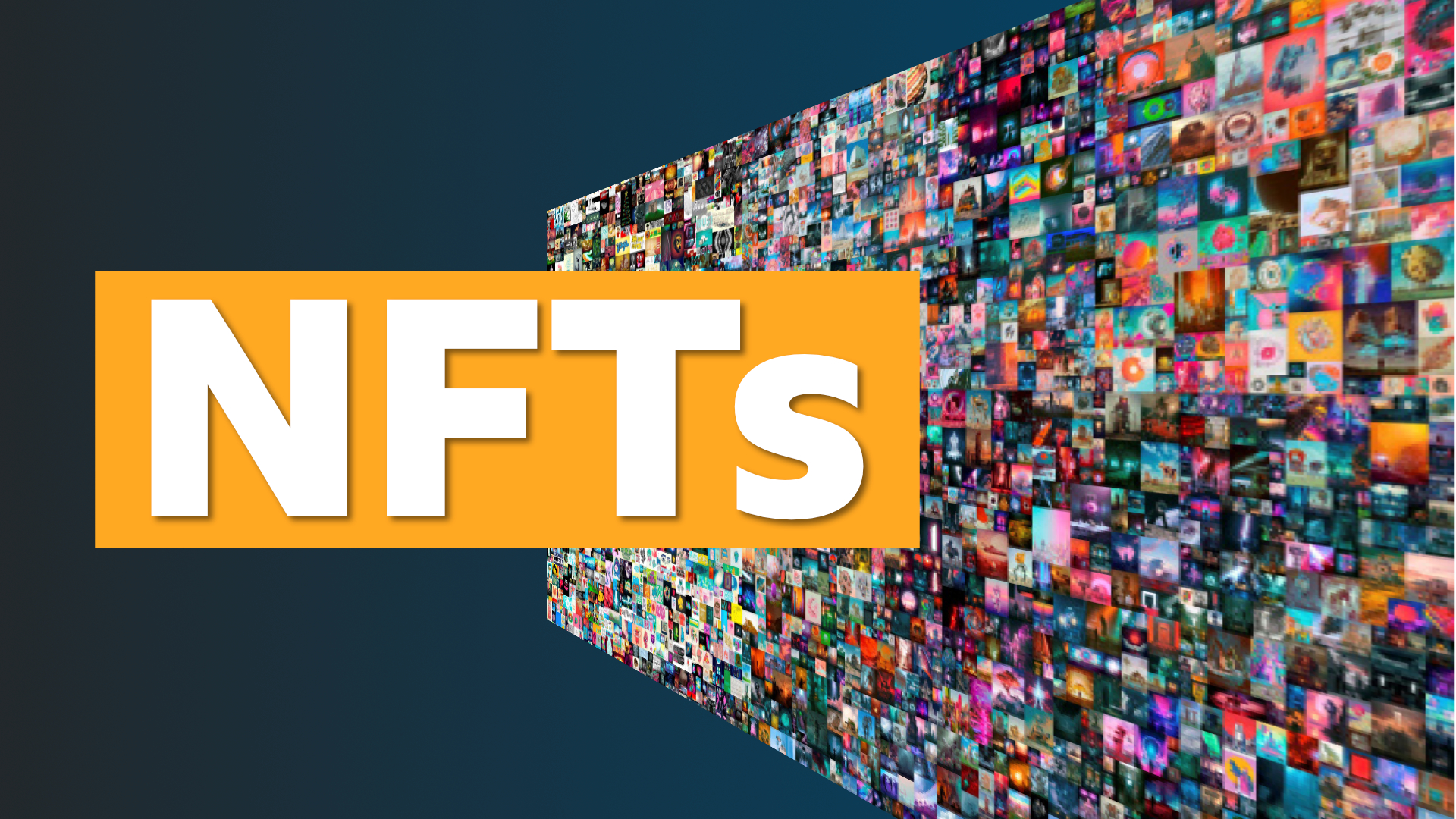
George Spencer
Everything To Know About NFTs

Nonfungible tokens, widely known as NFTs, are a kind of collectible that could quite possibly earn you some big bucks.
An NFT is a unique digital token, with most using the Ethereum blockchain to digitally record transactions. It’s not a cryptocurrency like Bitcoin or Ethereum, because those are fungible — exchangeable for another Bitcoin or cash. NFTs are recorded in a digital ledger in the same way as cryptocurrency, so there’s a listing of who owns each one.
They started in 2017 and quickly became a sensation faster than any other cryptocurrency. Like other cryptos, NFTs are entirely digital. NFTs offer a blockchain-created certificate of authenticity for a digital asset or piece of art. This has created a digital market that boasted like $250 million in sales back in 2020, with NFTs reaching new levels of hype from the likes of Visa, Warner Music Group and Nike.
The crazy sensation of the token also drove scores of people to put up their own digital art and tweets for sale as NFTs. Even paper towel companies were in on the latest cryptocurrency wave. What make NFTs unique is the digital asset tied to the token. This can be an image, video, tweet or piece of music that’s uploaded to a marketplace, that creates the NFT to be sold.
Are NFTs assets?
Straight answer is no. NFTs are not assets.
The person who buys the NFT doesn’t own the actual asset. NFTs challenge the idea of ownership: digital files can be reproduced infinitely and you do not usually buy the copyright or a license when purchasing an NFT.
For example, if a creator of a meme sold an NFT of it for $50,000, the person who bought the token owns the token but doesn’t actually own the meme. No that still belongs to the creator, who will still hold onto intellectual and creative rights. What the owner of the token has however is a record and a hash code showing ownership of the unique token associated with that particular digital asset. People might download the meme in question and even use it on social media if they want, but they won’t own the token and they can’t sell it. Only the owner can.
Why NFTs are so expensive
As with physical collectibles, there’s a market for NFTs. Buyers tend to be tech-savvy people who understand the idea of wanting to purchase digital goods and have likely made a killing this past year or so with cryptocurrencies. Ethereum, for example, went from just over $100 last March to a current price of almost $4000.
Where to buy or sell an NFT
You might not want to jump right into bidding six figures, and that is justifiable. There are numerous NFT marketplaces out there to check out like Opensea where you can search for art, domain names and random collectibles to bid on without having to ‘break the bank’. If you want to sell an NFT of your art, you can use a platform like NFTify (the Shopify NFT) store to sell NFTs without having to create your own store.
Downsides
One downside of NFT is the hundreds of dollars in fees required to create the token. If you’re making your own token on the Ethereum blockchain, you will need to use some Ethereum, which as aforementioned is kind of expensive at the moment. After you make an NFT, there’s also a fee you’ll need to pay for the work that goes into handling the transaction; that’s also based on the price of Ethereum at the time you’re creating your NFT. Marketplaces make the process a little easier by handling everything for a fee that they charge after an NFT is sold. There’s also an environmental cost.
Just like Bitcoin, Ethereum requires computers to handle the computations known as mining. Those computations require a lot of energy; even more energy than the entire country of Argentina as a Cambridge University study shows.
Latest
Blockchain
09 May 2024
Blockchain
19 Apr 2024
Blockchain
16 Jan 2024
Blockchain
31 Aug 2023
Blockchain
24 Jun 2023
Blockchain
24 Jun 2023













